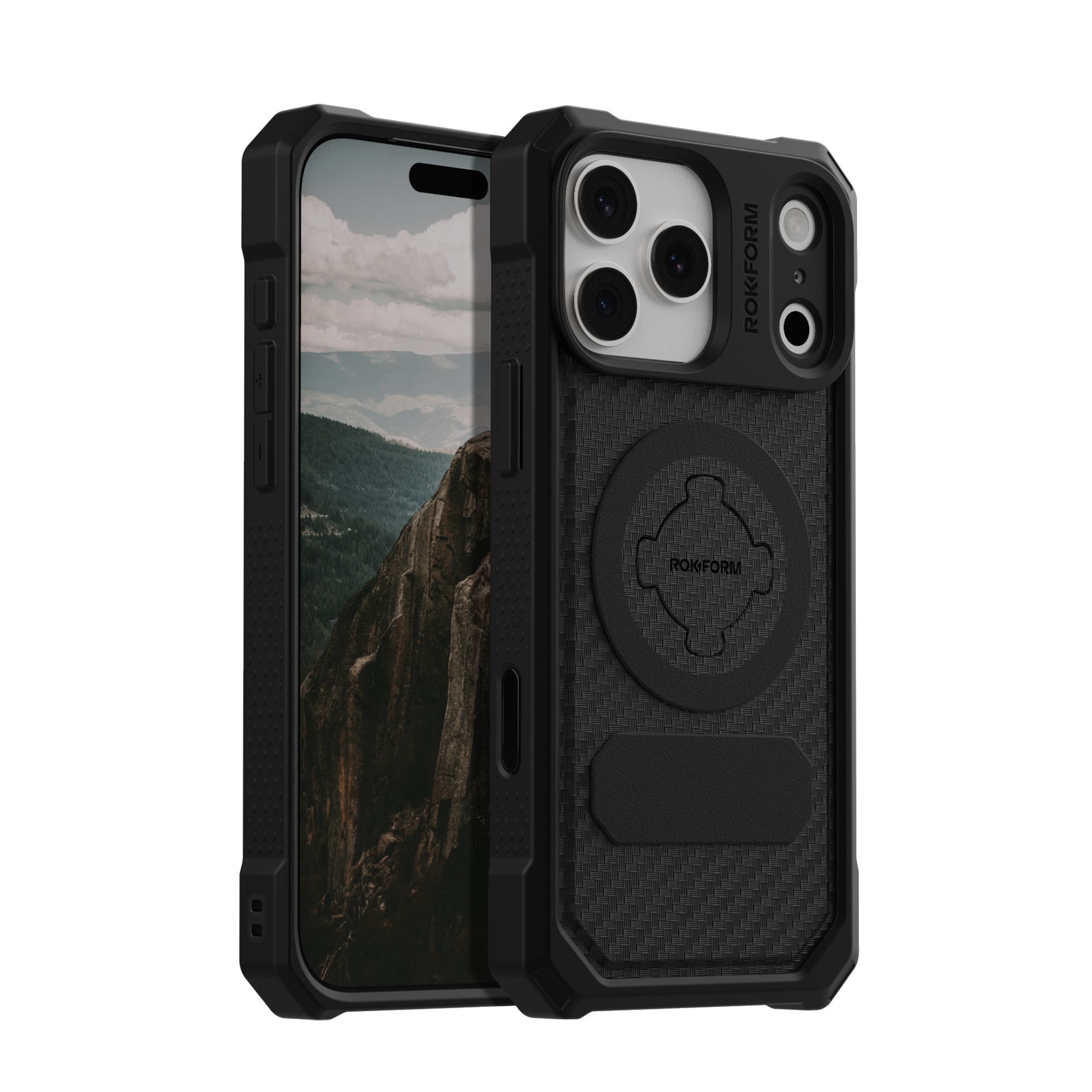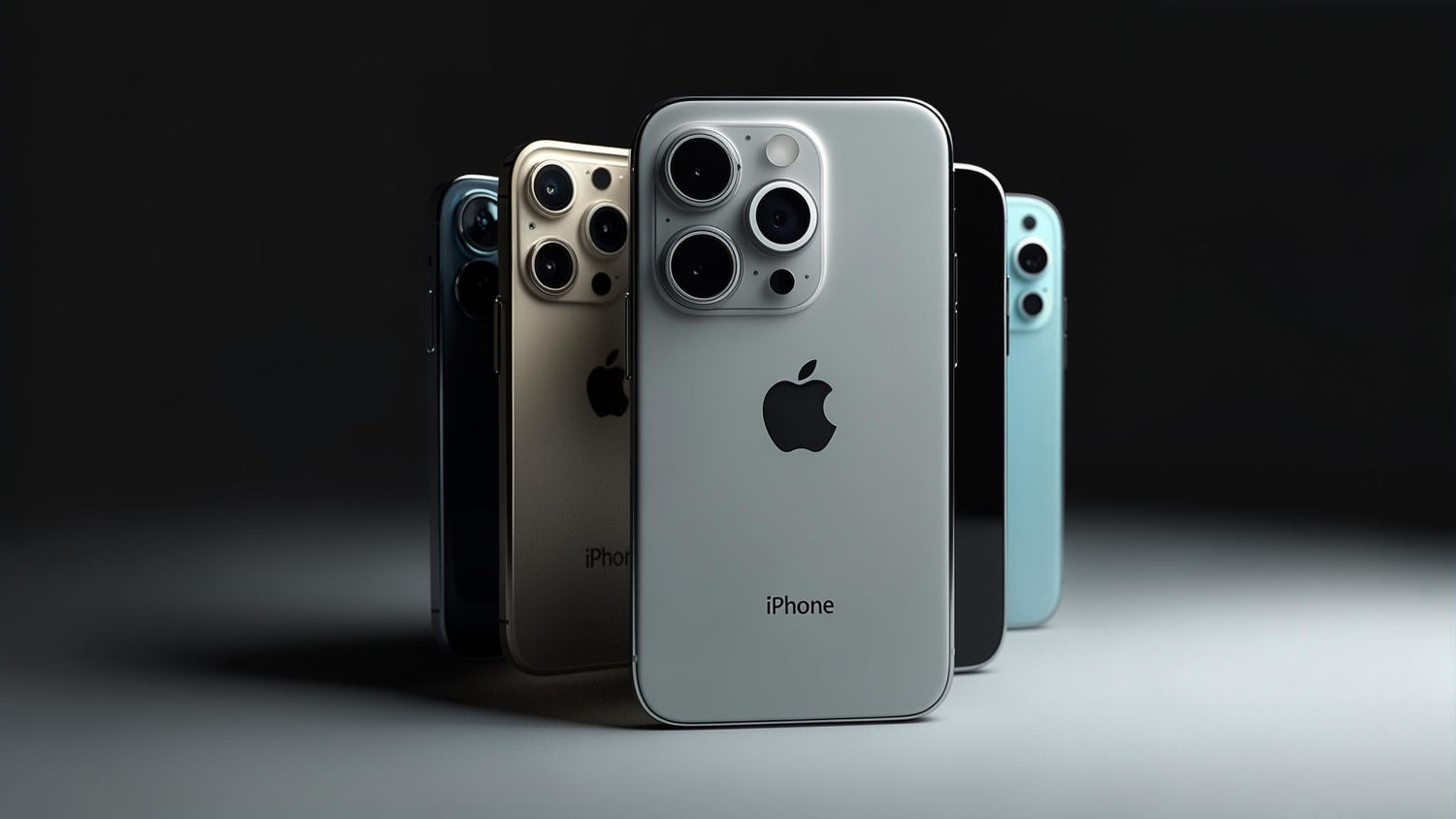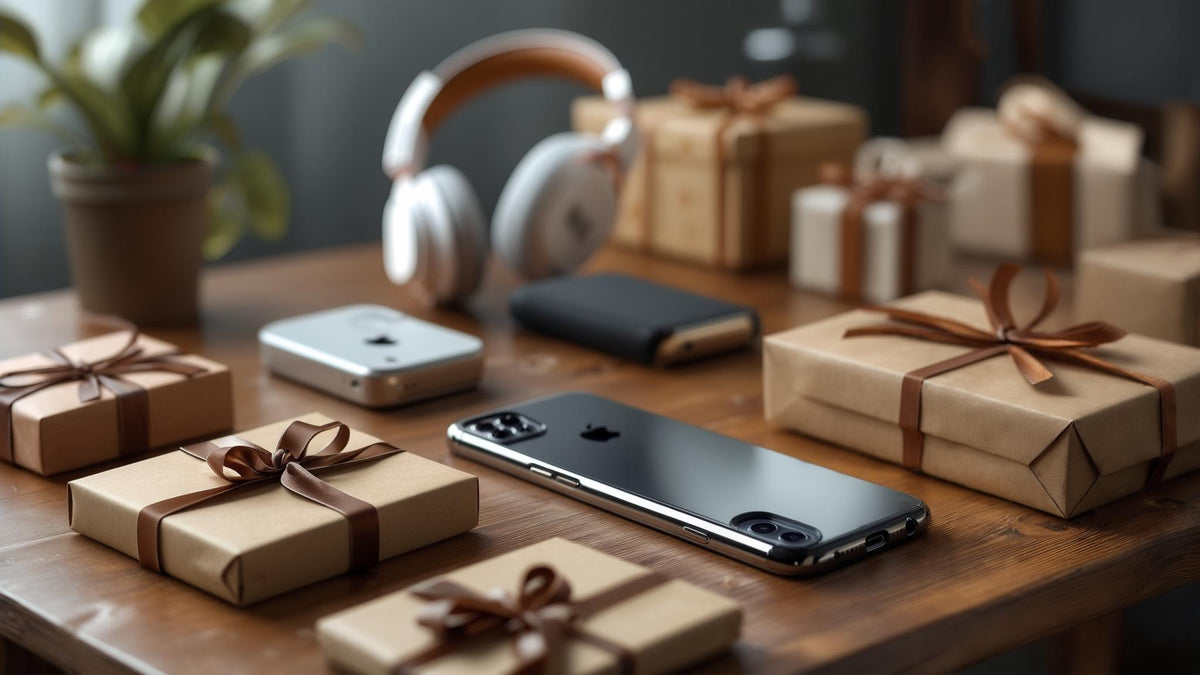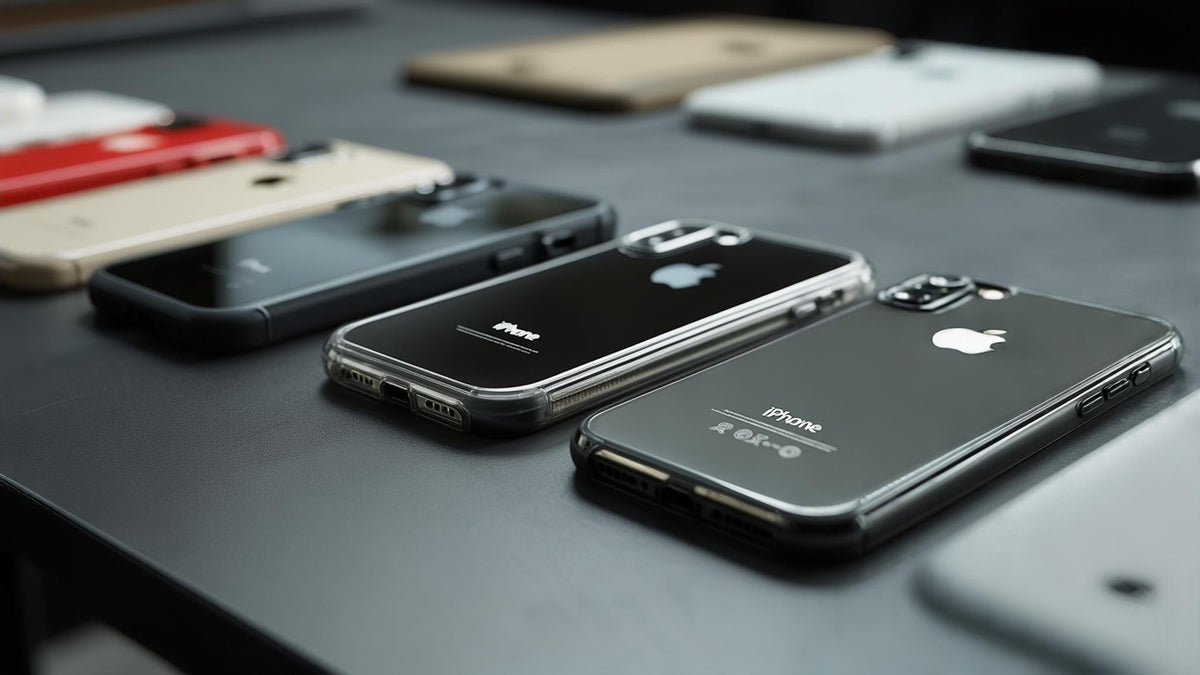Picking an iPhone used to be simple - just get the Pro if you had the money. But Apple shook things up with the iPhone 16 models lineup. For the first time ever, all models get the same generation processor, which means the regular iPhone 16 is actually pretty great now.
Look, I'm going to be honest with you - most people don't need the Pro. I know that's not what Apple wants to hear, but it's true. The iPhone 16 Pro Max does have the longest battery life of any iPhone ever made (33 hours of video playbook), but unless you're actually making money from your phone's camera or you're editing videos on the go, save your money.
Table of Contents
Which iPhone 16 Should You Actually Buy?
Storage: How Much Do You Really Need?
Pro vs Regular: Is It Worth the Extra Cash?
Camera Talk (Without the Marketing BS)
Battery Life Reality
Screens and Stuff
Don't Drop Your $1000 Phone
Bottom Line
TL;DR
All iPhone 16 models finally have current-gen processors - no more settling for last year's chip in cheaper models
The iPhone 16 Plus is the sweet spot for most people: bigger battery, larger screen, $200 less than Pro
Get 256GB storage unless you're really tight on budget - 128GB fills up fast
Pro models are worth it if you actually need that 5x zoom camera or edit videos on your phone
The Pro Max is huge - great for Netflix, terrible for your pocket
Get a decent case because screen repairs cost more than most cases
Which iPhone 16 Should You Actually Buy?
Here's the thing - there are really only four iPhone 16 models. The rest is just different storage options that Apple likes to count separately to make their lineup sound more impressive.
Your choice basically comes down to this: regular size or big size, regular cameras or fancy cameras. That's it.
iPhone Model |
Price |
Screen Size |
What You Get |
Who It's For |
|---|---|---|---|---|
iPhone 16 |
$799+ |
6.1" |
Good cameras, solid battery |
Budget-conscious, compact phone lovers |
iPhone 16 Plus |
$899+ |
6.7" |
Same as above, bigger |
Most people's sweet spot |
iPhone 16 Pro |
$999+ |
6.3" |
Better cameras, fancy screen |
Serious photographers |
iPhone 16 Pro Max |
$1199+ |
6.9" |
Everything maxed out |
People who want the best of everything |
iPhone 16 (Starting at $799)
This is the baseline, and it's actually really good this year. The A18 chip handles everything you throw at it, the cameras are solid for social media and family photos, and it'll last all day unless you're glued to TikTok.
The downside? That 6.1-inch screen feels cramped if you're used to bigger phones, and the battery life is just okay if you're a heavy user.
iPhone 16 Plus (Starting at $899)
My personal pick for most people. You get that bigger 6.7-inch screen that's easier on your eyes, way better battery life (27 hours of video vs 22), and it's still $200 cheaper than going Pro.
The only thing you're missing compared to the Pro is that smooth 120Hz screen and the fancy camera zoom. For most people, that's not worth $200.
iPhone 16 Pro (Starting at $999)
This is where things get interesting. Same size as the regular iPhone 16 but with better cameras, that buttery-smooth 120Hz screen, and premium titanium build. The 5x zoom camera is genuinely useful if you actually use zoom.
But let's be real - if you're not taking photos for work or as a serious hobby, you probably won't notice the camera difference enough to justify the extra cost.
iPhone 16 Pro Max (Starting at $1199)
The everything phone. Massive 6.9-inch screen, incredible 33-hour battery life, all the camera bells and whistles. It's genuinely impressive.
It's also genuinely huge. Like, tablet huge. Great if you watch lots of videos or need maximum screen real estate, but good luck using it one-handed or fitting it in normal pockets.
Consider this: My neighbor Tom got the Pro Max thinking bigger was better. Three months later, he's complaining his wrist hurts from holding it and he can't fit it in his car's cup holder phone mount. Meanwhile, his wife got the regular iPhone 16 Plus and loves it.
Storage: How Much Do You Really Need?
This is where Apple gets you. They start with 128GB knowing most people will need to upgrade, and there's no way to add storage later.
128GB - The Trap
Apple wants you to think 128GB is enough. It's not. Between iOS updates (which you can't delete), photos, a few apps, and maybe some offline music, you'll be constantly managing storage within six months.
My other neighbor Sarah bought the 128GB model to save money. She regretted it within three months when she had to delete family photos to install a work app. Don't be Sarah.
256GB - The Sweet Spot
This is what most people should get. It gives you breathing room for thousands of photos, dozens of apps, offline music, and those inevitable iOS updates that seem to get bigger every year.
Yes, it costs $100 more, but that $100 spread over three years of use is basically nothing compared to the frustration of constantly managing storage.
512GB and 1TB - Overkill for Most
Unless you're shooting 4K videos regularly or have some specific professional need, this is probably too much. The money is better spent elsewhere.
Pro vs Regular: Is It Worth the Extra Cash?
The iPhone 16 Pro costs $200 more than the Plus. Here's what that $200 gets you:
What You Gain:
5x telephoto zoom camera (actually useful)
120Hz ProMotion display (feels smoother)
Better video recording features
Titanium build (lighter, more premium feeling)
Always-on display
Slightly better performance for intensive tasks
What You Lose:
$200 from your wallet
Some battery life (the Plus lasts longer)
Screen size (Pro is smaller than Plus)
The Real Question: Do you actually use your phone's zoom? Like, really use it? If you're constantly pinching to zoom in on concerts, sports events, or your kid's school play, that 5x optical zoom is genuinely game-changing. Digital zoom on the regular models looks terrible.
But if you're just taking selfies and food photos, save the money.
The 120Hz screen is nice - everything feels smoother when scrolling. But it's not life-changing unless you're coming from a really old phone.
Camera Talk (Without the Marketing BS)
Let's cut through Apple's marketing speak and talk about what actually matters.
Regular iPhone 16 Models:
Take great photos in good light
Decent in low light
No optical zoom (just crops the image, looks bad)
Perfect for Instagram, family photos, casual use
Pro Models:
Take slightly better photos overall
Much better in challenging lighting
That 5x zoom is legitimately useful
Better video features if you actually edit videos
Can shoot in RAW format (only matters if you know what that means)
Camera Feature |
iPhone 16/Plus |
iPhone 16 Pro/Pro Max |
Real-World Impact |
|---|---|---|---|
Main Camera |
48MP, very good |
48MP, slightly better |
You probably won't notice |
Ultra-Wide |
Good enough |
Better + macro mode |
Macro is fun for flowers |
Zoom |
Digital only (bad) |
5x optical (actually good) |
This is the big difference |
Night Mode |
Works well |
Works better |
Both are fine for most people |
Video |
4K, looks great |
4K with more options |
Only matters if you edit |
Here's the thing photographers don't want to admit: phone cameras are so good now that the difference between "very good" and "excellent" doesn't matter for most people's use cases.
If you're posting to social media, sending photos to family, or just documenting your life, the regular iPhone 16 cameras are more than enough. The Pro cameras are better, but it's like the difference between a really nice Honda and a luxury car - both get you where you're going.
Battery Life Reality
Battery life is one of those things that actually matters in daily use, unlike most spec sheet numbers.
iPhone 16: Gets you through a normal day. Heavy users might need a top-up.
iPhone 16 Plus: Easily lasts all day, even with heavy use. This is a real advantage.
iPhone 16 Pro: About the same as the regular 16. The fancy features use more power.
iPhone 16 Pro Max: Lasts forever. Like, annoyingly long. You'll forget what battery anxiety feels like.
The Plus models have bigger batteries because they have more room inside. It's simple physics, and it makes a real difference. If you're someone who's always looking for chargers or carrying power banks, get a Plus model.
Screens and Stuff
The Pro models have 120Hz screens that feel buttery smooth when scrolling. It's genuinely nice - once you use it, 60Hz feels a bit choppy. But it's not a life-changing feature.
The bigger question is size:
6.1" (iPhone 16, Pro): Good for one-handed use, fits in most pockets, easier to handle.
6.7" (iPhone 16 Plus, Pro Max): Better for reading, watching videos, and general use, but harder to manage one-handed.
6.9" (Pro Max only): Basically a small tablet. Great screen real estate, terrible portability.
I've watched people struggle with Pro Max phones for months, constantly dropping them or needing two hands for basic tasks. Size matters more than you think.
The Pro Max's screen is genuinely impressive for watching Netflix or editing documents, but ask yourself: do you really want to carry a tablet-sized phone everywhere?
Don't Drop Your $1000 Phone
Cases aren't sexy, but neither is a cracked screen that costs $300+ to fix. Get a decent case. Don't overthink it, but don't cheap out either.
Your iPhone 16 represents a significant investment. Screen repairs alone can cost $200-400, while back glass replacement on Pro models reaches $500+. These repair costs quickly exceed quality case pricing.
Modern iPhone 16 models have more complex designs with advanced camera systems and premium materials. While durability has improved, repair complexity and costs have increased proportionally.
For maximum protection, explore our iPhone 16 rugged case collection that provides solid protection while maintaining wireless charging compatibility and mounting versatility.
The magnetic system works seamlessly with iPhone 16's MagSafe technology, enabling secure mounting for car mounts, workstations, and outdoor activities. This integration maintains wireless charging functionality while adding versatile mounting options.
Quality cases pay for themselves by preventing the first drop damage. Well-protected iPhones retain significantly higher trade-in values, offsetting case costs multiple times over during upgrade cycles.
When making your final decision, consider reading our comprehensive best iPhone 16 Pro Max cases guide to ensure proper protection for whichever model you choose.
Bottom Line
Most people should get the iPhone 16 Plus with 256GB storage. It's the sweet spot of features, price, and storage for $999.
Here's my honest recommendation for different types of people:
Budget-conscious but want a good phone: iPhone 16 with 256GB ($899). You'll miss the bigger screen and better battery, but it's still a great phone.
Most people: iPhone 16 Plus with 256GB ($999). Bigger screen, better battery, plenty of storage. This is the one.
Serious photographers or content creators: iPhone 16 Pro with 256GB ($1099). That camera system and 5x zoom are worth it if you actually use them.
Want the absolute best: iPhone 16 Pro Max with 256GB ($1199). Just know what you're getting into size-wise.
Heavy storage users: Add $200 for 512GB to any of the above, but most people won't need it.
Get the Pro if you actually use the camera professionally or need that zoom lens. Get the Pro Max if you want the absolute best and don't mind carrying a small tablet. Get the regular iPhone 16 only if budget is tight - but seriously consider spending the extra $100 for the Plus.
The iPhone 16 lineup represents Apple's most balanced offering in years. For the first time, all iPhone 16 models share current-generation processing power, making your choice primarily about cameras, display preferences, and battery needs rather than fundamental performance differences.
Budget-conscious buyers can confidently choose standard iPhone 16 models knowing they're getting modern performance and features. The days of settling for last year's processor in non-Pro models are over.
Professional users and content creators will find the Pro models' advanced camera systems and premium features justify their higher pricing. The investment pays dividends through improved productivity and creative capabilities.
And for the love of all that's holy, get a case. Regardless of which iPhone 16 model you choose, protecting your investment ensures you'll enjoy its capabilities throughout its lifespan. Quality protection costs significantly less than repairs while enabling confident daily use.
For ongoing support and maintenance tips, check out our comprehensive most protective phone cases guide to keep your iPhone 16 performing at its best throughout its lifespan.




